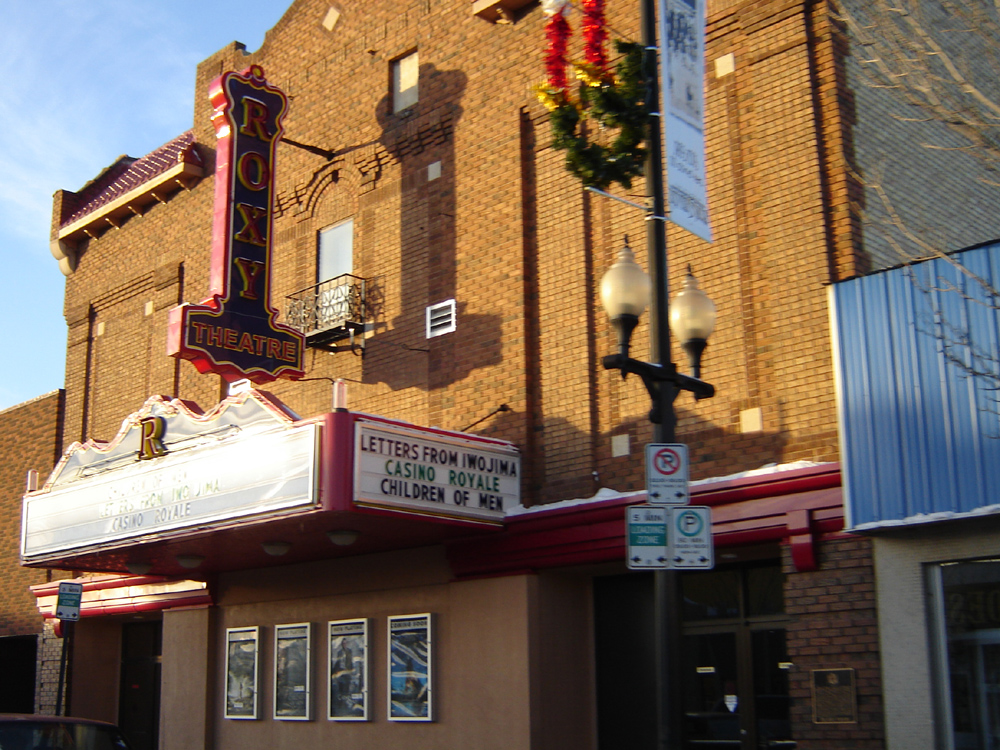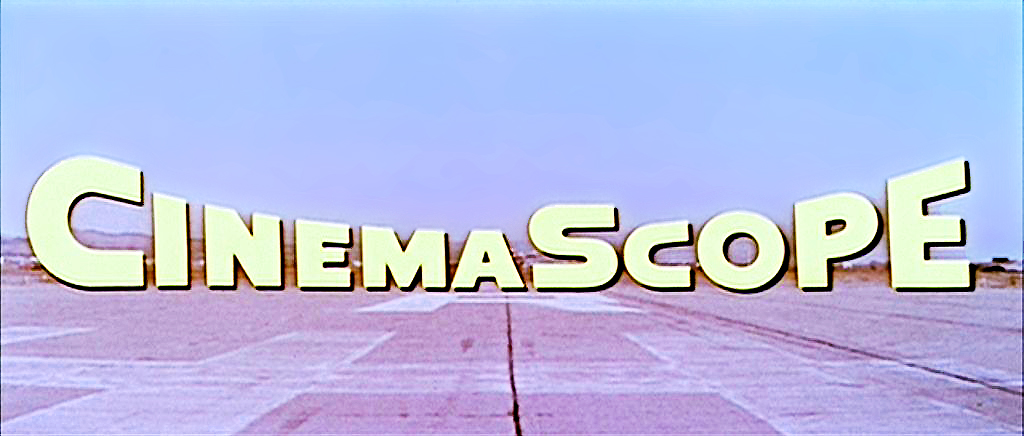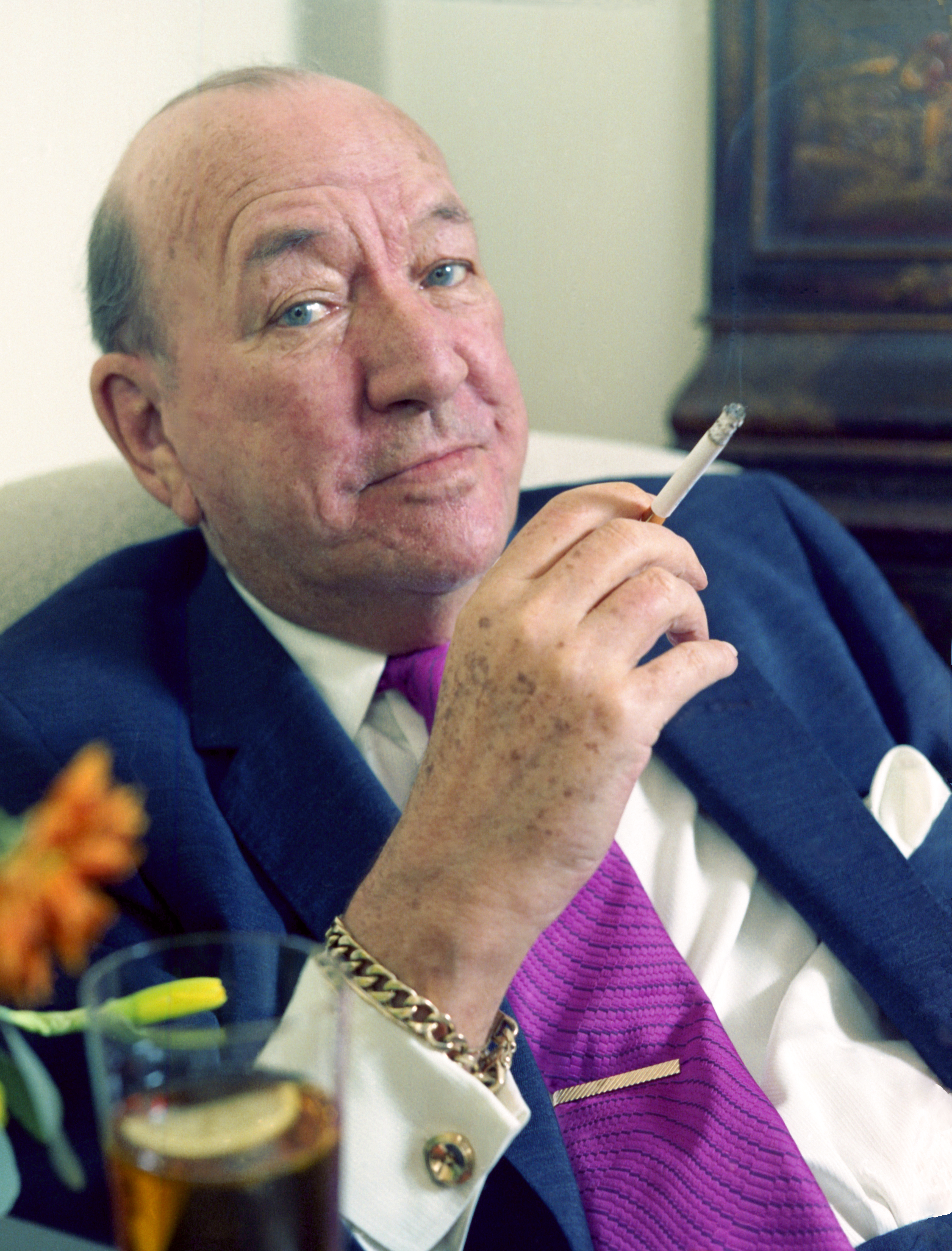|
Carlton Theatre
The Carlton Theatre was a West End of London, London West End dual-purpose theatre-cum-cinema built in 1927 for Adolph Zukor's Paramount Pictures. It continued in use as a cinema as the Empire Haymarket until its closure in May 2023. It was designed by Frank Verity and Sam Beverley in Italian and Spanish Renaissance architectural style with a total seating capacity is 1,150 and a dual theatre or cinema capability. It is located at 63-65 Haymarket, London, SW1 and was built on the site of Anglesea Yard, a former coaching inn. It opened on 27 April 1927 with the successful musical play ''Lady Luck'' by Firth Shephard and starring Laddie Cliff. In 1933 it staged another stage success, a run of ''Bitter Sweet (operetta), Bitter Sweet'' by Noël Coward. The Carlton Theatre was wired for sound in 1929 and increasingly went over to being used as a full-time cinema. It was originally built and owned by Paramount Pictures and was operated by them until 1954 when it was leased ... [...More Info...] [...Related Items...] OR: [Wikipedia] [Google] [Baidu] |
Rainbow And Magic Lantern Cinemas
Magic Lantern Theatres is a chain of 11 movie theatres in Canada. Three of these locations are Rainbow Cinemas discount theater, discount theatres. Magic Lantern Theatres was founded in 1984 in Edmonton, Alberta, while Rainbow Cinemas was founded in the early 1990s in Saskatoon, Saskatchewan. The two chains merged and are now based in Edmonton. In May 2016, a strategic decision was made to sell all of the Ontario cinemas to Imagine Cinemas, except for the Cobourg location. Magic Lantern and Rainbow operate 43 screens, and the combination is the fourth largest movie chain across Canada behind Cineplex Entertainment, Landmark Cinemas and Imagine Cinemas. Locations The chain currently operates Rainbow Cinemas theatres in Cobourg, and Magic Lantern Theatres in Camrose, Alberta, Camrose, Peace River, Alberta, Peace River, St. Paul, Alberta, St. Paul, Whitecourt, Fort Saskatchewan, Yorkton, North Battleford, Meadow Lake, Saskatchewan, Meadow Lake and Dawson Creek. Magic Lantern was r ... [...More Info...] [...Related Items...] OR: [Wikipedia] [Google] [Baidu] |
CinemaScope
CinemaScope is an anamorphic format, anamorphic lens series used, from 1953 to 1967, and less often later, for shooting widescreen films that, crucially, could be screened in theatres using existing equipment, albeit with a lens adapter. Its creation in 1953 by Spyros Skouras, Spyros P. Skouras, the president of 20th Century Fox, marked the beginning of the modern anamorphic format in both principal Aspect ratio (image), 2.55:1, almost twice as wide as the previously common Academy format's 1.37:1 ratio. Although the technology behind the CinemaScope lens system was made obsolete by later developments, primarily advanced by Panavision, CinemaScope's anamorphic format has continued to this day. In film-industry jargon, the shortened form, 'Scope, is still widely used by both filmmakers and projectionists, although today it generally refers to any Anamorphic format, 2.35:1, 2.39:1, 2.40:1, or 2.55:1 presentation or, sometimes, the use of anamorphic lensing or projection in general. ... [...More Info...] [...Related Items...] OR: [Wikipedia] [Google] [Baidu] |
Cinemas In London
A movie theater (American English) or cinema (Commonwealth English), also known as a movie house, cinema hall, picture house, picture theater, the movies, the pictures, or simply theater, is a business that contains auditoriums for viewing films for public entertainment. Most are commercial operations catering to the general public, who attend by purchasing tickets. The film is projected with a movie projector onto a large projection screen at the front of the auditorium while the dialogue, sounds and music are played through a number of wall-mounted speakers. Since the 1970s, subwoofers have been used for low-pitched sounds. Since the 2010s, the majority of movie theaters have been equipped for digital cinema projection, removing the need to create and transport a physical film print on a heavy reel. A great variety of films are shown at cinemas, ranging from animated films to blockbusters to documentaries. The smallest movie theaters have a single viewing room with a singl ... [...More Info...] [...Related Items...] OR: [Wikipedia] [Google] [Baidu] |
Theatres In The City Of Westminster
Theatre or theater is a collaborative form of performing art that uses live performers, usually actors to present experiences of a real or imagined event before a live audience in a specific place, often a stage. The performers may communicate this experience to the audience through combinations of gesture, speech, song, music, and dance. It is the oldest form of drama, though live theatre has now been joined by modern recorded forms. Elements of art, such as painted scenery and stagecraft such as lighting are used to enhance the physicality, presence and immediacy of the experience. Places, normally buildings, where performances regularly take place are also called "theatres" (or "theaters"), as derived from the Ancient Greek θέατρον (théatron, "a place for viewing"), itself from θεάομαι (theáomai, "to see", "to watch", "to observe"). Modern Western theatre comes, in large measure, from the theatre of ancient Greece, from which it borrows technical terminolog ... [...More Info...] [...Related Items...] OR: [Wikipedia] [Google] [Baidu] |
Event Venues Established In 1927
Event may refer to: Gatherings of people * Ceremony, an event of ritual significance, performed on a special occasion * Convention (meeting), a gathering of individuals engaged in some common interest * Event management, the organization of events * Festival, an event that celebrates some unique aspect of a community * Happening, a type of artistic performance * Media event, an event created for publicity * Party, a social, recreational or corporate events held * Sporting event, at which athletic competition takes place * Virtual event, a gathering of individuals within a virtual environment Science, technology, and mathematics * Event (computing), a software message indicating that something has happened, such as a keystroke or mouse click * Event (philosophy), an object in time, or an instantiation of a property in an object * Event (probability theory), a set of outcomes to which a probability is assigned * Event (relativity), a point in space at an instant in time, i.e. a lo ... [...More Info...] [...Related Items...] OR: [Wikipedia] [Google] [Baidu] |
National Heritage List For England
The National Heritage List for England (NHLE) is England's official database of protected heritage assets. It includes details of all English listed buildings, scheduled monuments, register of historic parks and gardens, protected shipwrecks, and registered battlefields. It is maintained by Historic England, a government body, and brings together these different designations as a single resource even though they vary in the type of legal protection afforded to them. Although not designated by Historic England, World Heritage Sites also appear on the NHLE; conservation areas do not appear since they are designated by the relevant local planning authority. The passage of the Ancient Monuments Protection Act 1882 established the first part of what the list is today, by granting protection to 50 prehistoric monuments. Amendments to this act increased the levels of protection and added more monuments to the list. Beginning in 1948, the Town and Country Planning Acts created the ... [...More Info...] [...Related Items...] OR: [Wikipedia] [Google] [Baidu] |
Listed Building
In the United Kingdom, a listed building is a structure of particular architectural or historic interest deserving of special protection. Such buildings are placed on one of the four statutory lists maintained by Historic England in England, Historic Environment Scotland in Scotland, in Wales, and the Historic Environment Division of the Department for Communities in Northern Ireland. The classification schemes differ between England and Wales, Scotland, and Northern Ireland (see sections below). The term has also been used in the Republic of Ireland, where buildings are protected under the Planning and Development Act 2000, although the statutory term in Ireland is "Record of Protected Structures, protected structure". A listed building may not be demolished, extended, or altered without permission from the local planning authority, which typically consults the relevant central government agency. In England and Wales, a national amenity society must be notified of any work to ... [...More Info...] [...Related Items...] OR: [Wikipedia] [Google] [Baidu] |
Twentieth Century Fox
20th Century Studios, Inc., formerly 20th Century Fox, is an American film studio, film production and Film distributor, distribution company owned by the Walt Disney Studios (division), Walt Disney Studios, the film studios division of the Disney Entertainment business segment of the Walt Disney Company. It is headquartered at the Fox Studio Lot in the Century City area of Los Angeles, which is leased from Fox Corporation. Walt Disney Studios Motion Pictures distributes and markets the films produced by this studio in theatrical markets. For over 80 years, 20th Century has been one of the major film studios, major American film studios. It was formed in 1935 as Twentieth Century-Fox Film Corporation by the merger of Fox Film Corporation and Twentieth Century Pictures, and one of the original "studio system, Big Five" among eight majors of Hollywood's Cinema of the United States#Classical Hollywood cinema and the Golden Age of Hollywood, Golden Age. In 1985, the studio remov ... [...More Info...] [...Related Items...] OR: [Wikipedia] [Google] [Baidu] |
Frank Verity
Francis Thomas Verity (1864–1937) was an English cinema architect during the cinema building boom of the years following World War I. Early life Verity was born in London, educated at Cranleigh and joined Thomas Verity, his father, in his architectural practice, which specialised in theatre building.Earl and Sell (2000), pp. 283 Career Both Veritys brought an interest in ornate Second Empire-style architecture to their early buildings, developing this into grand Beaux Arts in their later works. Many of the surviving buildings have achieved recognition in the late 20th century, becoming listed for their architectural significance. Frank Verity continued the practice on his father's death in 1891, and Sam Beverley, his son-in-law, joined the practice in the 1920s, which remains active today. The company designed over 25 cinemas, achieving a Royal Institute of British Architects bronze medal for the Shepherd's Bush Pavilion cinema in 1930. Works include no 5 Lisle Str ... [...More Info...] [...Related Items...] OR: [Wikipedia] [Google] [Baidu] |
Noël Coward
Sir Noël Peirce Coward (16 December 189926 March 1973) was an English playwright, composer, director, actor, and singer, known for his wit, flamboyance, and what ''Time (magazine), Time'' called "a sense of personal style, a combination of cheek and chic, pose and poise"."Noel Coward at 70" ''Time'', 26 December 1969, p. 46 Coward attended a dance academy in London as a child, making his professional stage début at the age of eleven. As a teenager he was introduced into the high society in which most of his plays would be set. Coward achieved enduring success as a playwright, publishing more than 50 plays from his teens onwards. Many of his works, such as ''Hay Fever (play), Hay Fever'', ''Private Lives'', ''Design for Living'', ''Pr ... [...More Info...] [...Related Items...] OR: [Wikipedia] [Google] [Baidu] |
Bitter Sweet (operetta)
''Bitter Sweet'' is an operetta in three acts, with book, music and lyrics by Noël Coward. The story, set in nineteenth-century and early twentieth-century England and Austria-Hungary, centres on a young woman's elopement with her music teacher. The songs from the score include "The Call of Life", "If You Could Only Come with Me", " I'll See You Again", "Dear Little Café", "If Love Were All", "Ladies of the Town", "Tokay", "Zigeuner" and "Green Carnation". The show had a long run in the West End from 1929 to 1931, and a more modest one on Broadway in 1929–1930. The work has twice been adapted for the cinema, and the complete score has been recorded for CD. Background Coward wrote the leading role of Sari with Gertrude Lawrence in mind, but the vocal demands of the part were beyond her capabilities. His second choice, Evelyn Laye, refused the role because of a private grievance against the producer of the show, C. B. Cochran.Hoare, p. 202 Coward's third choice, Peggy Wood, ... [...More Info...] [...Related Items...] OR: [Wikipedia] [Google] [Baidu] |






